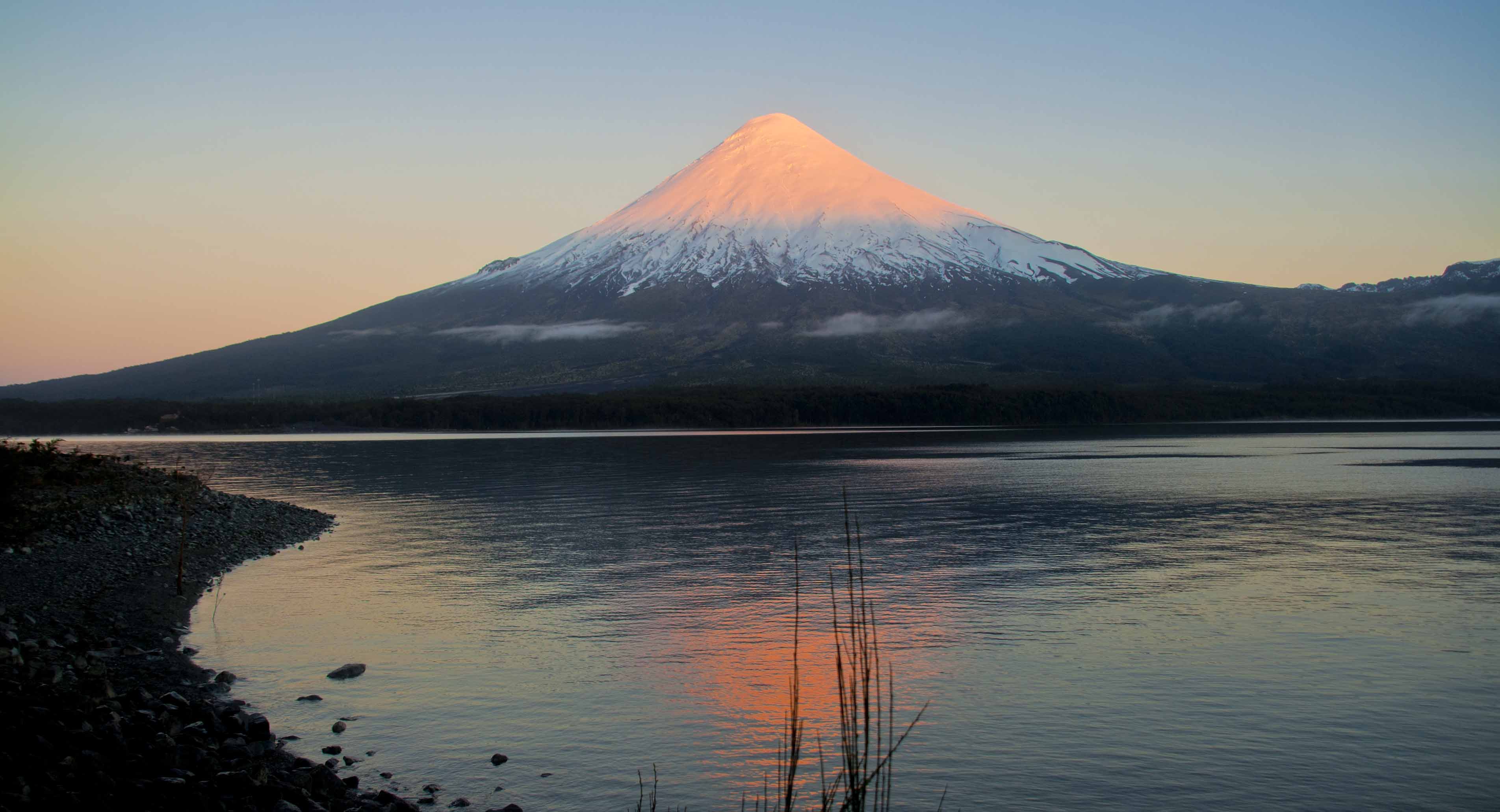October 09 , 2018. EN. La Réunion : Piton de la Fournaise , Andaman and Nicobar : Barren Island , Costa Rica : Poas , Chile : Osorno .
October 09 , 2018. La Réunion , Piton de la Fournaise : Activity Bulletin from Monday, October 8, 2018 at 16:00 (local time). The eruption started on September…

